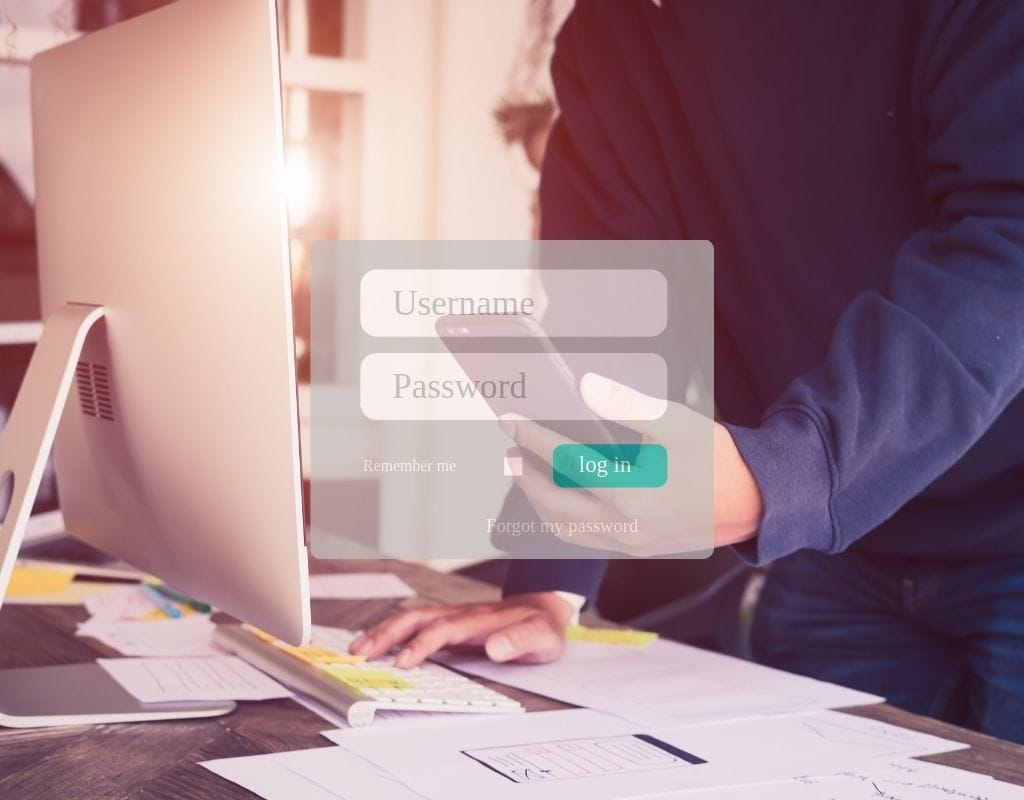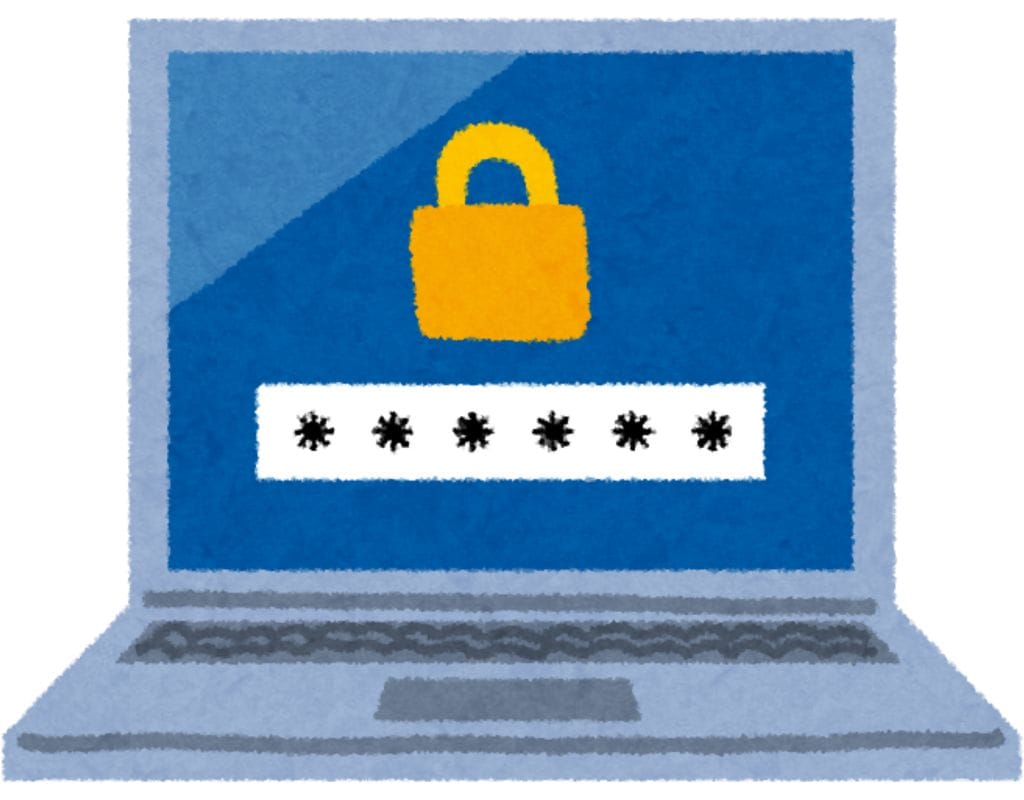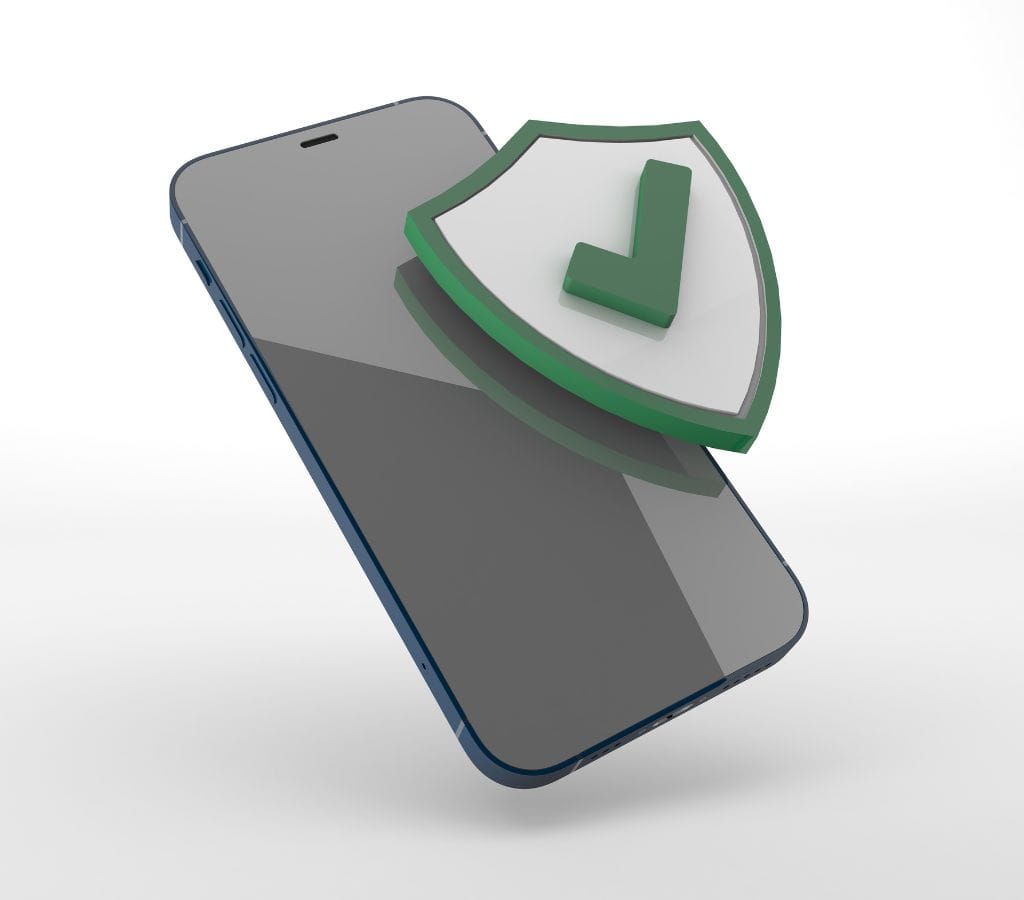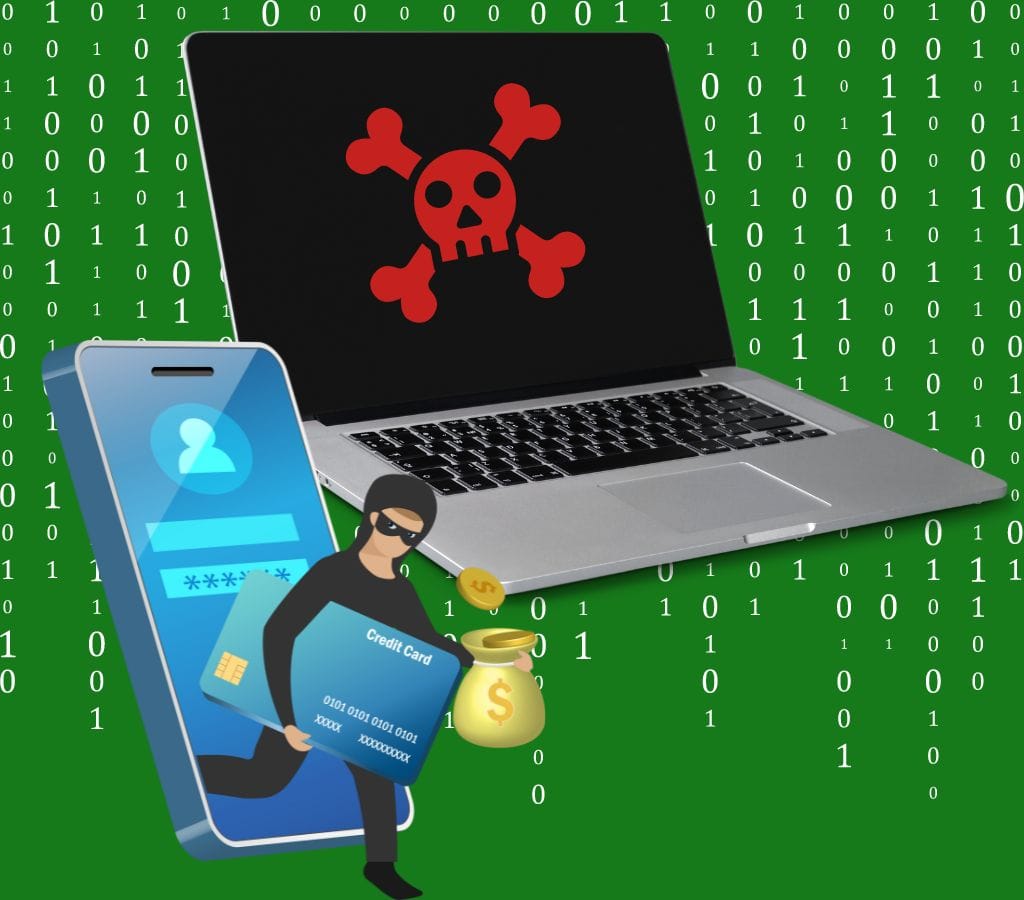Email accounts are a gateway to various services, including social media, banking, and communication with friends and family.
However, with the rise of cyber threats, it's essential to know the signs of a hacked email and what to do if your email is compromised.
This post will teach you how to tell if your email has been hacked, give you the signs if your email was hacked, and teach you what to do if your email is hacked.
Why Email Hacking is Dangerous?
Email accounts getting hacked comes with a number of risks that can have big effects on both people and businesses. It's important to know about these risks and the signs of a hacked email account so that you can move quickly and limit the damage that could happen.
The Risk of Hacked Email Account
- Identity Theft: If someone hacks into your email account, they can get personal information like your full name, address, phone number, and even bank information. Identity theft can be done with this information, which can cost you money and damage your identity or credit.
- Unauthorized Access: If someone hacks into your email account, they can get into other accounts that are related to that email. This includes social networks, online banking, and shopping sites, which lets them pretend to be you and commit scams.
- Data Breach: If you use your personal email for work, someone could get into your private company data, secret client information, or intellectual property. This could get you and your company into a lot of legal and financial trouble.
- Spam and Phishing Attacks: Spam emails and phishing attacks are often sent from email accounts that have been hacked. People who receive these emails may be tricked into giving out personal information, downloading files with malware, or falling for financial scams.
By knowing the risks of email hacking and the signs that your account has been hacked, you can quickly take steps to protect your personal information and limit the damage that such hacks could do.

Signs Your Email Has Been Hacked
When it comes to safeguarding your email account, recognizing the signs of a hacked email account is crucial. By being vigilant and observant, you can quickly identify any suspicious activity and take immediate action to secure your account. Here are some key signs to watch out for:
1. You Can't Log In to Your Account
One of the clearest signs of a hacked email is being unable to log in to your account with your password. If you've tried unsuccessfully to log in, a hacker may have changed your password. Recovering your account quickly is crucial to minimize damage. The hacker may try to steal sensitive information, send spam to your contacts, or attempt to hack into other accounts.
2. You Receive a Security Alert
Your email might have been compromised if you received a security alert or notification from your email provider. These alerts give you a chance to secure your account before damage is done. The alert might inform you of logins or access attempts from another location or device or that your password has been changed. For example, you may get a notification about a login attempt from a city you've never visited.
3. You Have Unexpected or Missing Emails
If your sent folder has emails you didn't send, or if you receive replies to emails you never sent, a hacker may have gained access to your inbox. Or, if expected emails are missing from your inbox, this could be a sign that your email has been compromised. Hackers might delete emails to make it harder for you to notice their activity in your account.
4. Your Account Settings Have Changed
A hacker may change your recovery email address, phone number, or other details to make it harder for you to gain access to your account. They may set up email forwarding rules to send copies of emails to their account so they can monitor the emails you receive. Regularly review account settings to be sure the options are up to date.
5. You're Receiving Password Reset Emails
Hackers may attempt to access other accounts by resetting your passwords and then intercepting the reset emails. If you receive password reset emails for accounts that you did not request, it could indicate your email has been hacked. It also signals the hacker is trying to gain access to your other accounts and services.
6. Complaints from Contacts
Someone has probably hacked into your account if your friends start complaining that they are getting weird or spam emails from your address. Talk to your contacts to find out if they've gotten any strange emails from your account. If they have, fix the problem right away.
If you stay alert and know these signs that your email account has been hacked, you can quickly take steps to protect your personal information and stop anyone else from getting in.

How to Confirm if Your Email Has Been Hacked?
If you think someone has hacked into your email account, you need to make sure it's true and take the right steps to get back in control and keep your information safe. There are a few things you can do to be sure that your email has been hacked:
1. Check Account Activity
First, look over what you've been doing with your account and how you logged in recently. Most email service companies let you see a list of all the times you've logged in to your account. Check for any login sites, IP addresses, or devices that don't seem right. There is a good chance that someone has hacked your email account if you see any strange behavior.
2. Check Email Security Tools
Some email service companies have security checkers or ways to get back into your account built right in. These tools can look through your account for signs of unauthorized access, settings that have been changed, or actions that don't seem right. Take advantage of these tools to get a full picture of how safe your email account is.
3. Check with Your Contacts
Talk to the people you know and ask them if they have gotten any strange or odd emails from your account. If more than one person you know says they've received these emails, it means your account has been hacked. This step is very important because it lets you know how bad the breach is and lets your contacts know about the possible security risk.
4. Look for Strange Forwarding or Filtering Rules
Make sure that no one else has changed your email account settings, especially the rules for forwarding and blocking. Hackers often set up rules that make your emails go to their own accounts automatically or filter out emails that might have private information in them. If you see any rules that don't make sense, turn them off right away and change your password.
5. Watch for Unrecognized Account Recovery.
Hackers might try to get back into your email account by asking for a new password or changing the ways you can get back in. Keep an eye out for any account recovery alerts, such as changes to your email or phone number, your security question, or your recovery email. If you get these messages without setting them off, it's a clear sign that your account has been hacked.
Tools to Check if Your Email Has Been Compromised
Have I Been Pwned
This service allows you to search across multiple data breaches to see if your email address or phone number has been compromised. It provides a comprehensive list of known breaches and helps you identify if your account information has been exposed.
Aura’s Dark Web Scanner
Aura offers a Dark Web scanner that can check if your email account password has been compromised. This tool helps you stay informed about potential breaches and take immediate action to secure your account.

What to Do If Your Email Is Hacked?
Discovering that your email account has been hacked can be a distressing experience. However, it is important to remain calm and take immediate action to regain control and minimize the potential damage. Here are the necessary steps to take if you find out that your email account has been hacked:
1. Change Your Password
Use your email provider's recovery process to regain access to your account if necessary, then immediately change your password to a strong, unique password. If any of your other accounts used the same password as your email, change those to unique passwords as well.
2. Log Out of All Devices
Look for the option to log out of your email on other devices. This will force the hacker out of your account. You'll have to log in again from your phone, tablet, or another device.
3. Scan Your Devices for Malware
Run a thorough antivirus scan on all your devices to access your email account. This includes your computer, smartphone, and any other devices connected to your email. The hacker could have used Malware or keyloggers to gain access to your account, so it is crucial to remove any potential threats from your devices.
4. Verify Your Recovery Information
Make sure the hacker hasn't added their own recovery email address or phone number to your account. This can be done by checking the recovery options in your email settings.
5. Alert Your Contacts
Inform your friends, family, and other contacts about the potential hacking. This way, they can delete suspicious emails they may have received from your account.
6. Confirm Your Other Accounts Haven’t Been Impacted
Verify other accounts linked to your email address—such as your bank, credit card, or social media—haven’t been compromised. Update passwords for these accounts as needed.
7. Scan Your Computer
Use a reputable antivirus software to scan your computer and make sure it's free from viruses and malware that could steal your information.
8. Check Your Credit Report
Review your credit report for any signs of fraud or identity theft, like unfamiliar accounts, so you can dispute inaccurate information immediately.
By following these steps, you can take immediate action to regain control of your hacked email account and prevent further unauthorized access. Remember to remain vigilant in the future by implementing strong security measures and regularly monitoring your account for any suspicious activity.

How to Prevent Your Email Account From Being Hacked?
To keep your email account safe from hackers and stop them from getting in, you need to be cautious. You can make it much less likely that someone will hack into your email account by taking precautions. To keep your email account safe, follow these important steps:
1. Change Your Password Often
Change your password often. It's one of the easiest and most effective things you can do. Pick a strong password that is unique and made up of capital and small letters, numbers, and special symbols. Don't give out information that is easy to figure out, such as your name, date of birth, or popular words. Every couple of months, change your password to keep it strong and safe.
2. Enable Two-factor Authentication
Two-factor authentication (2FA) should be turned on for your email account. In addition to your password, this adds an extra layer of security by needing a second way to prove who you are, like a unique code sent to your phone. Someone could get your password, but they still wouldn't be able to get into your account without the second form of authentication.
3. Watch out for Phishing Attempts
Hackers often use phishing scams to get people to give up their login information or personal details. Be wary of emails that seem fishy, especially ones that ask for private information or have links or files you didn't expect. Don't click on links that look sketchy, and never give out your login information or personal details in answer to emails that you didn't ask for.
4. Don't Share Private Information
When you share personal information online, especially in public places like social media sites or groups, be careful. Do not put personal information such as your full name, address, phone number, or email address where other people can see it. Cybercriminals can use this information to target you or try to get into your email account without your permission.
5. Update Software and Security Patches Regularly
Update and patch your operating system, antivirus software, and email app as needed to keep them safe. Often, these changes come with important security fixes that close holes that hackers can use. To keep your email account safe, check for changes often and apply them right away.
Additional Tips to Protect Your Email Account
- Use a Password Manager
Tools like 1Password can help you generate secure, unique passwords for every account, reducing the risk of a breach affecting multiple services. - Regularly Review Account Settings
Periodically check your email settings to ensure that no unauthorized changes have been made. - Monitor Your Inbox
Regularly check your inbox for any suspicious emails or unexpected activity. - Be Cautious with Links and Attachments
Avoid clicking on links or opening attachments from unknown senders, as these can be phishing attempts designed to steal your login credentials. - Keep Your Software Updated
Ensure that your email client and operating system are updated with the latest security patches to prevent exploitation of known vulnerabilities.
In conclusion, by recognizing the signs of a hacked email and taking swift action, you can minimize the damage and prevent further security breaches. Regularly reviewing your account settings, using strong and unique passwords, and enabling multifactor authentication are essential steps to secure your email account. Utilizing tools like Have I Been Pwned and Aura’s Dark Web Scanner can also help you stay informed about potential breaches. Stay safe online by being proactive and informed about your email security.

